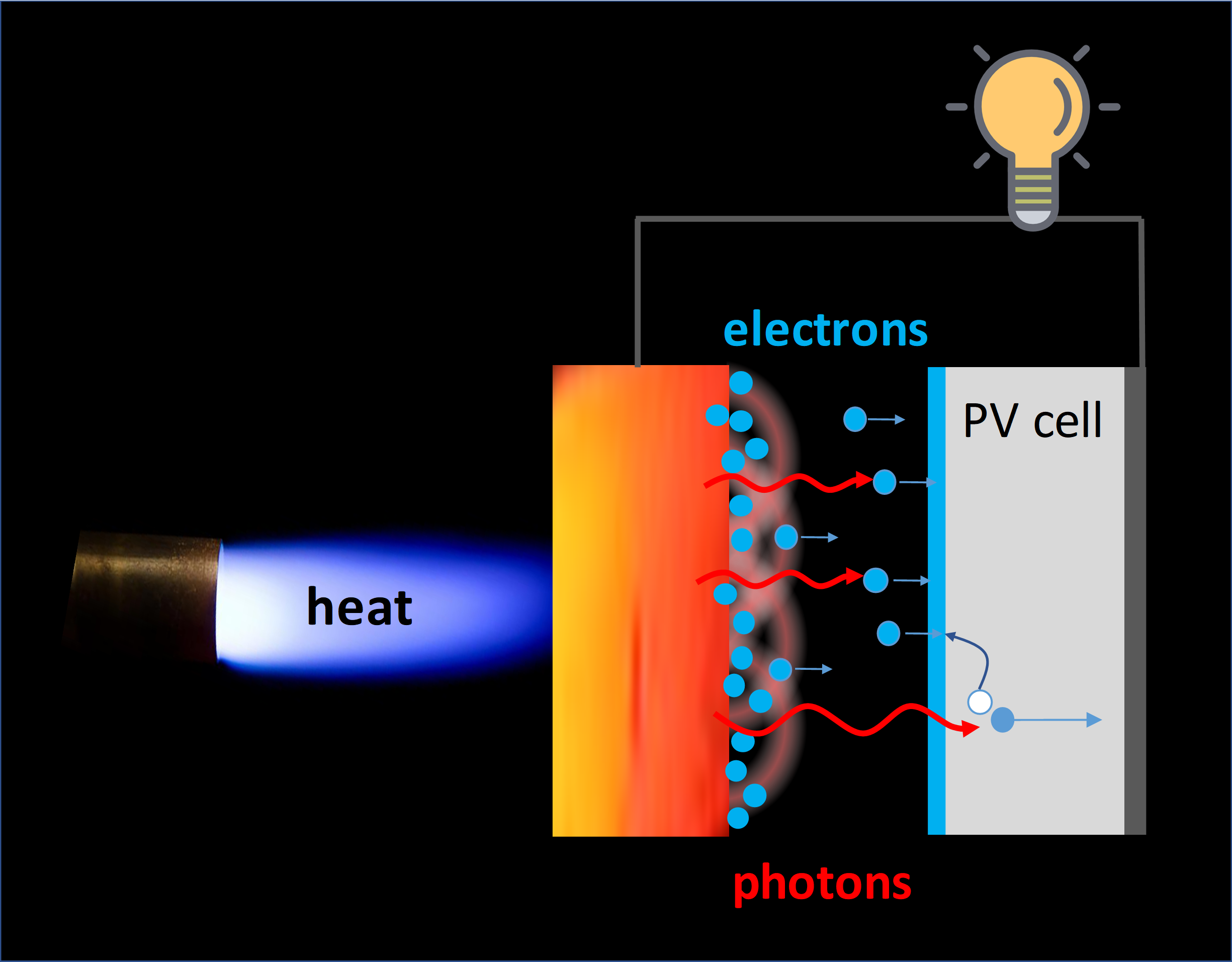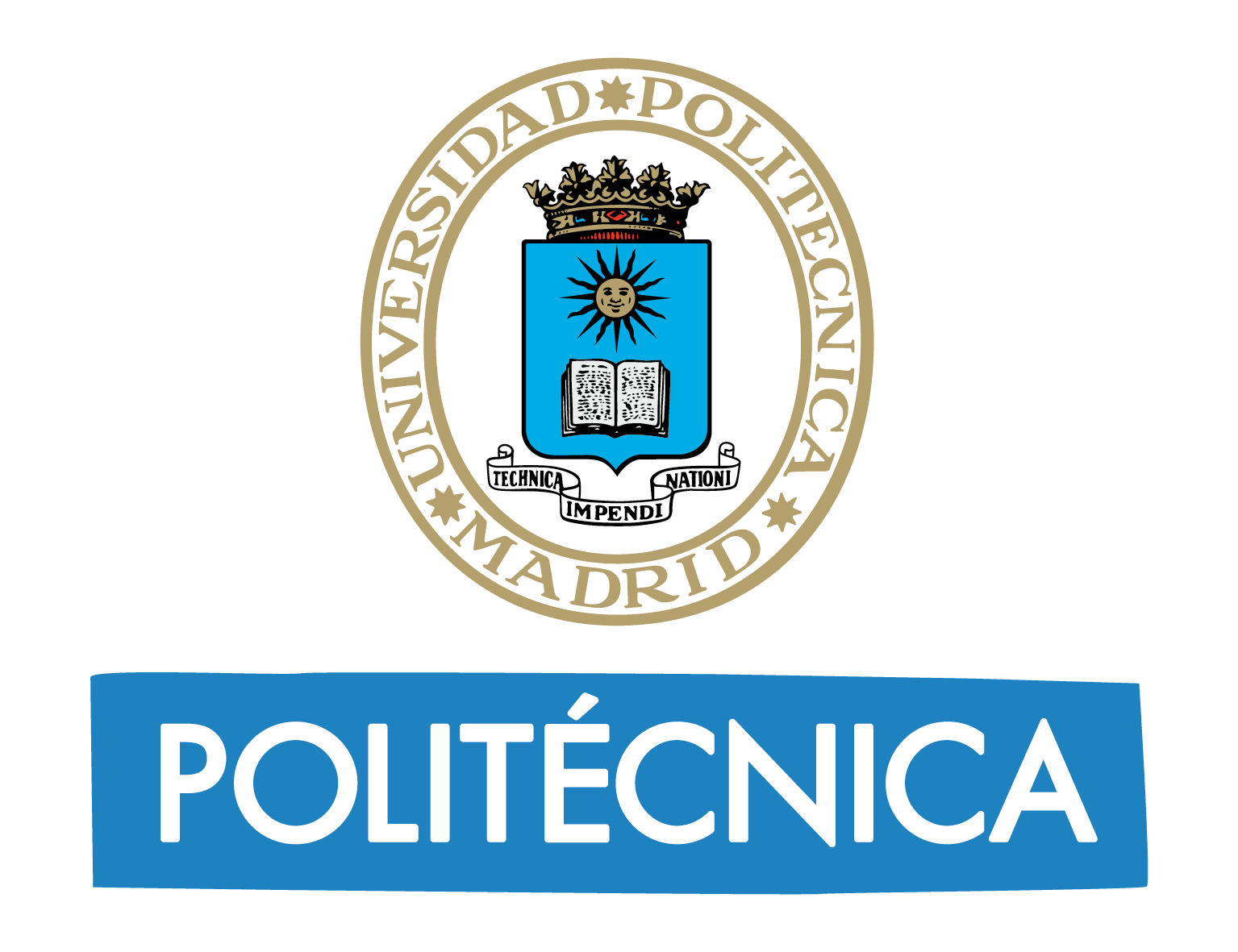Researchers at UPM participate in the design of a new device that improves the conversion of heat into electricity
The device has been proposed together with scientists from the Center for Energy and Thermal Sciences of Lyon and seeks to improve conversion efficiency through the simultaneous emission of photons and electrons through a nanoscale vacuum gap.
The direct conversion of heat into electricity taking advantage of the flow of electrons that is created in a material when it is subjected to a temperature gradient is the main objective of the thermoelectricity, which is, however, facing an important limitation: the heat conduction losses through said material. These losses lead to thermoelectric conversion efficiencies below 10%.
With the aim of reversing this situation and obtaining greater efficiencies, researchers from the Solar Energy Institute of the Polytechnic University of Madrid (UPM) and the Center for Energy and Thermal Sciences of Lyon, have proposed a new device in which the flow of electrons is replaced by the emission of photons and electrons through a nanoscale vacuum gap. In this way the propagation of a type of particle called "phonons", which are the main causes of thermal losses in current thermoelectric devices, is interrupted. This new conversion mechanism has been named "thermionic-enhanced near-field thermophotovoltaics" and, theoretically, allows a considerable increase in both electrical power density and conversion efficiency.

Photo: Alejandro Datas
"To convert heat into electricity, current devices use the flow of electrons through a solid, which move driven by a thermal gradient and end up creating a voltage that can be used to produce electricity. This is called thermoelectric effect and is the foundation of many generators that are currently used to produce electricity from waste heat or in space missions" explains Alejandro Datas, a researcher at the Institute of Solar Energy of the UPM and author of the study recently published in the journal Nano Energy . "Currently, the greatest limitation of thermoelectricity is that the flow of electrons competes with the flow of phonons, which are vibrational quasiparticles that are transmitted through the crystalline network of the material. The phonons transport much of the heat and account for most of the thermal losses of the device. These losses explain that thermoelectric conversion efficiency rarely exceeds 10%" he adds.
Transferring heat at the nanoscale
But these losses can be eliminated if we look for other mechanisms to transfer and convert such heat into electricity. A hot material contains atoms in constant vibration. Apart from phonons, these vibrations also produce electromagnetic waves. Some of these waves escape from the material and we perceive them in the form of light, or electromagnetic radiation. But some other waves cannot escape the material, and are confined in the immediate vicinity of its surface. The laws of electromagnetism establish that the intensity of electromagnetic radiation is significantly higher just a few hundreds of nanometers (one thousandth of the thickness of a hair) away from the hot material surface. This effect is called "tunnel effect" and allows a lot of electromagnetic energy to be transferred without having to make physical contact with said material. The key is that this minimum distance is sufficient to interrupt the flow of phonons and eliminate, as a consequence, the thermal losses associated with them. Therefore, the fundamental challenge lies in how to efficiently convert that large amount of surface electromagnetic energy into electricity.
This new device proposes a solution that combines the thermionic and photovoltaic effects. "It consists of putting a solar cell extremely close to the surface of the hot material, only a few hundred nanometers away. In the same way that a solar cell produces electricity with sunlight, this cell generates electricity from the electromagnetic radiation that is on the surface of the material. But, since being so close is very difficult to place a cable to extract the electricity from the solar cell, we replace the cables by the thermionic emission of electrons from the surface itself" explains Datas. In this way, the device allows to convert into electricity not only the electromagnetic waves (or photons) but also the electrons emitted by said surface. The simultaneous use of photons and electrons represents a new technological paradigm in the field of direct conversion of heat into electricity". The simultaneous use of photons and electrons as energy carriers in the thermoelectric conversion processes supposes new scientific and technological challenges that will have to be studied more thoroughly in future investigations", explains Alejandro Datas.
This new device emerges from a collaboration between two European projects: the AMADEUS project, funded by the European Union which is coordinated by the Solar Energy Institute of the UPM and focuses on the experimental realization of these hybrid devices at macroscopic scales, and the French project DEMO NFR TPV that pursues the goal of developing a device for thermophotovoltaic conversion in the near field.
"The next challenge would be to coordinate the achievements of these two projects to look for a hybrid converter in the near field" the researchers explain.


